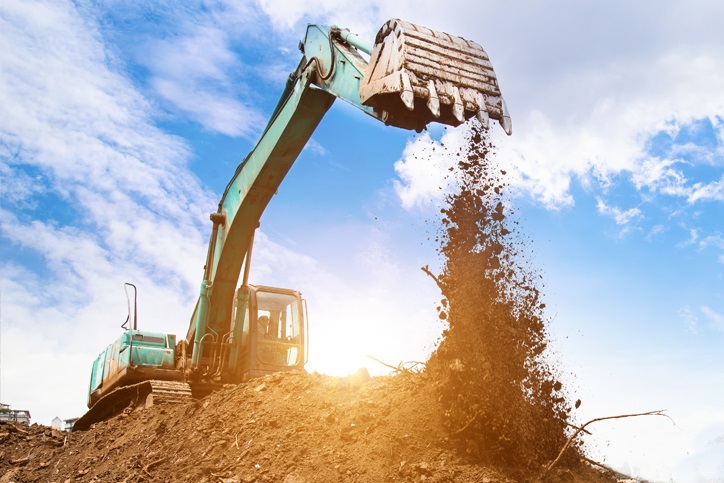
Have you ever heard of a perched water table? It can be an absolute nightmare for your construction project.
We’ve built thousands of buildings across many different soil types. Those buildings have ranged from simple concrete footings for poultry barns, to deep-pit manure holding facilities for swine and cattle barns. And even with that experience, there’s one thing we’ve learned recently – geological discovery is essential.
What is geological discovery?
Without getting into details of permeability, soil structure, soil types, etc. a test hole is dug on site. This is even before site surveys or engineering work takes place. Using a small excavator, this hole goes 8-10 feet into the soil and subsoil of a property.
Without any laboratory testing, we can identify the lack or presence of one of the more unknown soil problems in the construction industry – a perched water table.
Perched water tables occur when a hard pan of soil acts as a barrier to the water that permeates the topsoil and subsoils. The water soaks in from the surface, hits the hard pan, and then continues to accumulate and move horizontally along the soil profile. Perched water tables can occur in most any type of clay-based soil, can be very hard to predict, and are sometimes unknown on historical records.
When a project’s site survey and civil engineering work is done, the excavation begins. The process goes as normal, even when tearing through a perched water table in the subsoil. And then the real disaster begins.
Water continues to seep through the perched table, and slowly breaks down the integrity of the outer walls in an excavation site. Within hours, dirt will collapse on the edges and begin to refill excavation sites. This will continue, either until the excavation plan is changed or the site itself is relocated. Both of those scenarios cost our company and your operation valuable time and money, and can render ground as useless for lengths of time.
So next time you’re site selecting for a livestock facility, make sure that a simple geological discovery is a part of the process.
